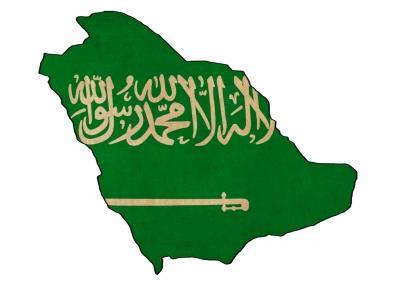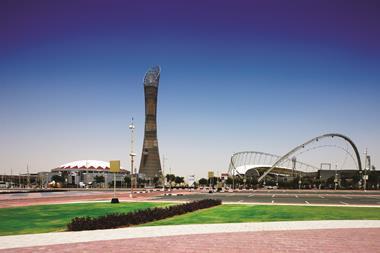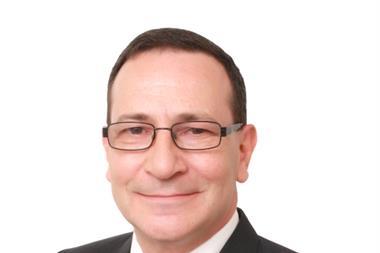Growing awareness of disasters in a historically safe country

Saudi Arabia is not the country most prone to natural catastrophes. That dubious honour is held by the island of Vanuatu in the South Pacific, according to the latest edition of the United Nations University’s World Risk Index. This ranks Saudi Arabia as the fourth-safest country in respect of natural disasters.
However, owing to its low defences, the country is more vulnerable in the event of natural disasters.
One recent example is flooding. In November 2009, 8.9cm of rain fell on the city of Jeddah in four hours – almost twice the yearly average for the area. The rain caused a widespread flood that swept through the city, washing away cars, killing hundreds of people and inflicting €236m in economic damage.
Speaking to StrategicRISK’s sister title GR, Aon Benfield Middle East & North Africa chief executive Ahmed Rajab said: “Major cities such as Riyadh, Dammam and Jeddah are exposed to flash floods, which in 2009-13, caused major damage to property and infrastructure.”
As Jeddah is in the desert, the hard and very dry soil could not absorb the water, which caused flooding. The city is now investing in storm drains, but a repeat of the disaster is still hard to plan for.
So apart from flooding, which natural catastrophes could affect the country and what effect will these have in the future?
AM Best MENA, South & Central Asia general manager Vasilis Katsipis said: “Typically, Saudi Arabia is considered a non-cat exposed market.
“It is not on a major fault line and few would associate the Kingdom with hurricanes.”
As Saudi Arabia sits mainly in the middle of the Arabian Plate it has largely been spared from big earthquakes, but the North-West corner of the country is close to the Dead Sea Rift that runs along the Jordan Valley. Furthermore, the risk of earth tremors caused by other threats under the sands remains. One natural hazard is frequently overlooked: that posed by volcanoes. Saudi Arabia has a number of volcanic fields (areas of volcanism) and also volcanoes. Although many of these are extinct, the rest are dormant, with five having erupted in recorded history – and the threat from these is not confined to lava.
On 19 May 2009, 19 earthquakes of a magnitude of 4.0 or greater on the Richter scale were recorded in the volcanic area of Harrat Lunayyir to the north of Yanbu, including a magnitude 5.4 event that caused minor damage to structures in the town of Al Ays, 40km away.
The Saudi Geological Survey (SGS) is now responsible for all earthquake monitoring in the country. Most earthquakes greater than magnitude 2 within the Kingdom are now routinely located and a comprehensive earthquake database has also been established for earthquake research. Eventually, when the network of about 100 stations is completed, the coverage will enable earthquakes as small as magnitude 2 to be detected and located anywhere within the Kingdom.
It is difficult to assess the possibilities of a volcanic eruption. The SGS monitors behaviour carefully, but such disasters would still catch the region by surprise. In 2011, a new island appeared off the coast of Yemen when a submarine volcano erupted enough material to broach the surface of the sea. In 2007, Jabal al-Tair Island, again off the coast of Yemen, saw a sudden volcanic eruption take place, which killed eight people in the small Yemeni military garrison on the island.
Drifting sand and dune movement are some of the most serious natural problems facing the Arabian Peninsula as cities, roads, industries and agricultural development expand. Uncontrolled movement of sand dunes creates problems for industrial plants, residential areas, roads, power lines and pipelines.
Overall, Saudi insurers are still relaxed about natural catastrophe losses. “The main reason is the low level of insurance penetration, especially for personal property, which resulted in low levels of insured losses in all of the events mentioned earlier,” Katsipis explained.
However, as levels of insurance penetration and the country’s middle class grows; natural catastrophe protection will become more important for insurers, the government and property owners alike.




















No comments yet